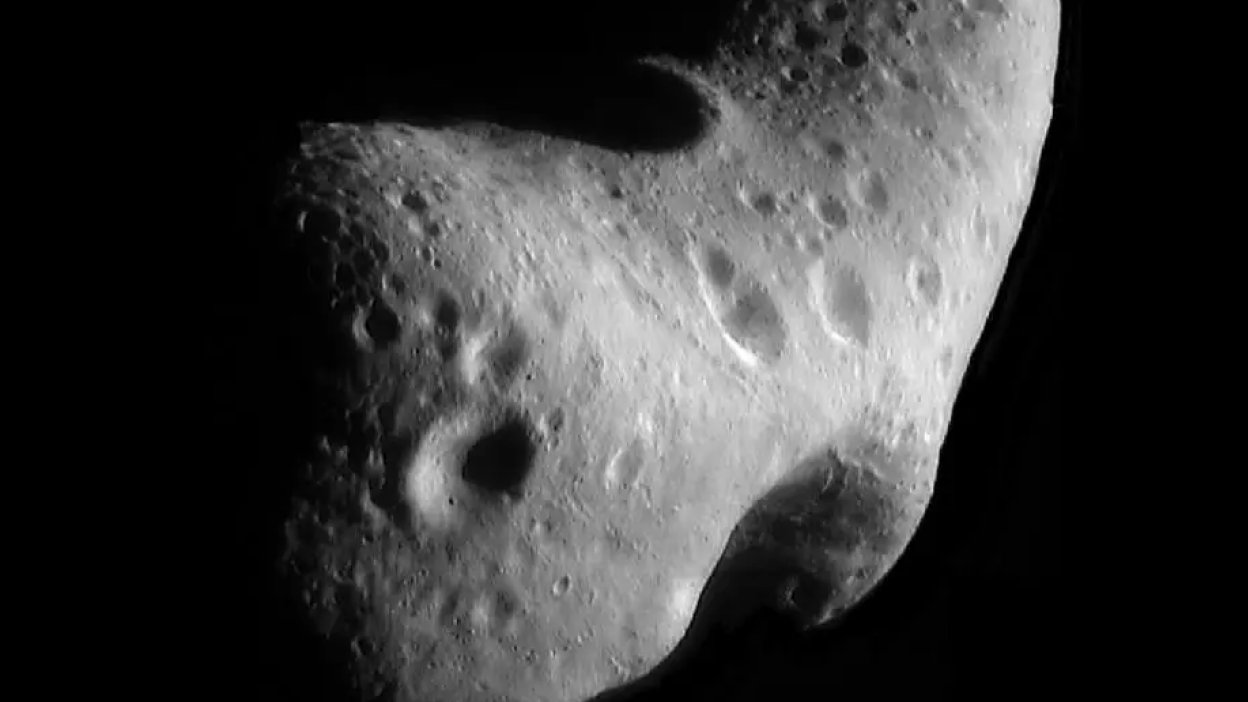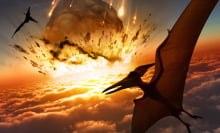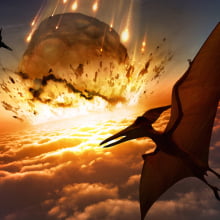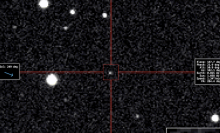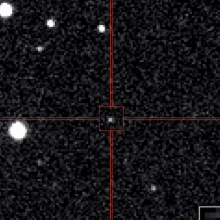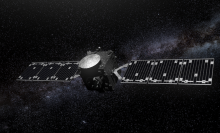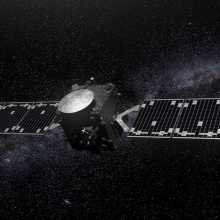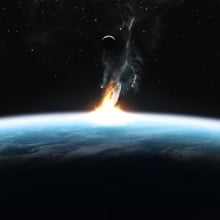Our descendants will — at some time in the future — almost certainly need to deflect an asteroid.
Though there is no known threat for at least the next century, planetary defense experts are investigating how to divert such a large space rock, and one proposal involves detonating a nuclear device near the menacing object. The ensuing blast of energy would vaporize part of the asteroid's surface, shooting out a plume of material that acts like a temporary rocket engine. While testing this scenario in space is logistically and financially daunting, researchers leveraged an extremely powerful energy generator — the "Z Machine" in New Mexico — to successfully simulate the nuclear diversion.
Wait, wait, wait you might protest. Hasn't NASA already proven, on a real asteroid millions of miles away, that we can nudge such an object away from Earth by slamming a spacecraft into it? Yes, indeed.
But it's possible that in some scenarios a nuclear blast would be necessary. Especially if we have relatively little time to act.
"For the largest asteroid, you need something more powerful to push it out of the way in time," Nathan Moore, a physicist at Sandia National Laboratories, told Mashable.
The new research, led by Moore, has been published in the peer-reviewed science journal Nature Physics.
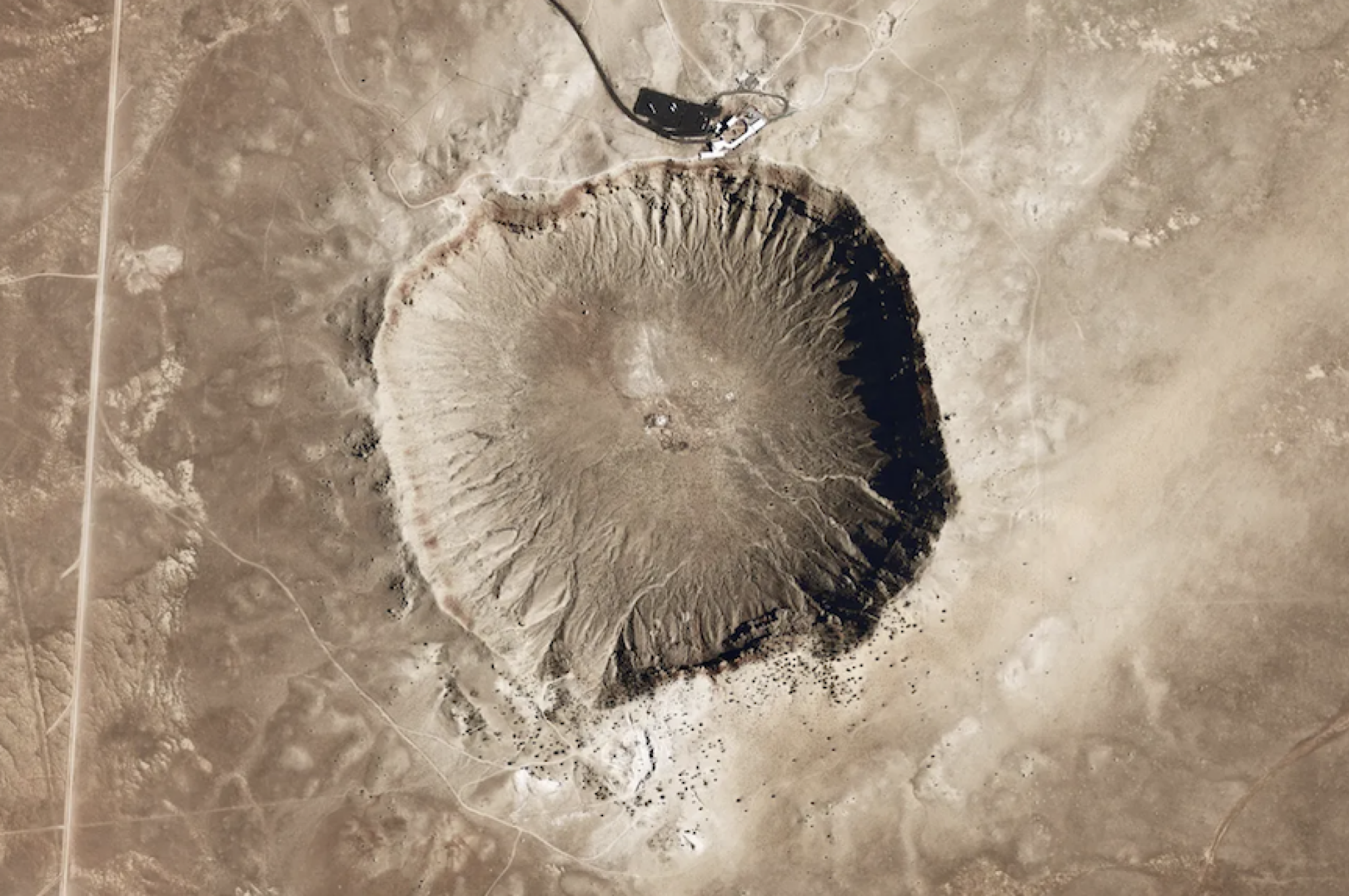
Nuking an asteroid
To simulate a potent nuclear explosion in space, Moore and his team harnessed the most powerful X-ray generator on Earth.
Nuclear bombs generate a massive amount of X-rays, which would slam into an asteroid (on our planet, these nuclear X-rays heat the air and produce a fireball). Using the federal government's Z machine, scientists produced this effect on a smaller, and achievable, scale. "In outer space we wouldn't have a Z machine, we would have a nuclear device," Moore said. Located in Albuquerque, New Mexico, the Z machine is humanity's most energetic pulsed power machine, meaning it releases vast amounts of stored electricity in just a fraction of a second.
"You wouldn't want to take chances on an asteroid the size of a city."
The researchers created a small mock asteroid and suspended it in the Z machine's chamber using a thin foil, around eight times thinner than a strand of human hair. In a potent burst, the Z machine produced a bubble of X-rays that washed over the nickel-sized rock. Crucially, the pulse of energy also vaporized the foil, so the mock asteroid was briefly free-floating while getting blasted with X-rays — a vital part of the simulation because a real asteroid is untethered in space. The result?
It worked. The science team observed the energy pulse create a small rocket plume on one side of the mock asteroid, pushing the rock away from the direction of the X-rays.
"This is a neat experiment," Cathy Plesko, a scientist at Los Alamos National Laboratory who researches asteroid impacts, told Mashable. Plesko was not involved in this experiment but does work with the study's researchers on a larger collaboration that models asteroid impacts. She can now feed the Z machine's results into computer simulations to see how such a detonation would impact a larger-scale asteroid. "It's something I'm excited about," Plesko said.
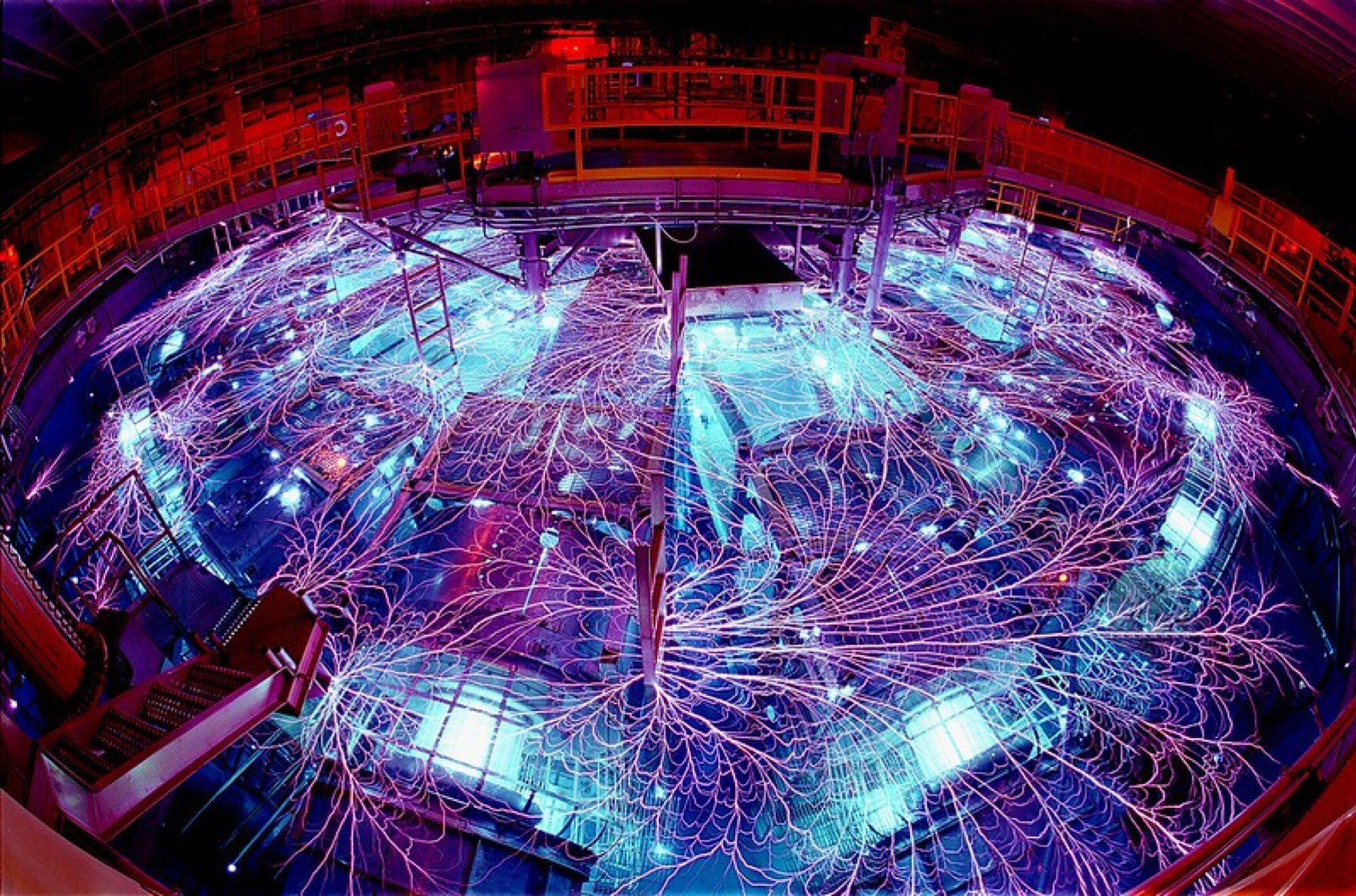
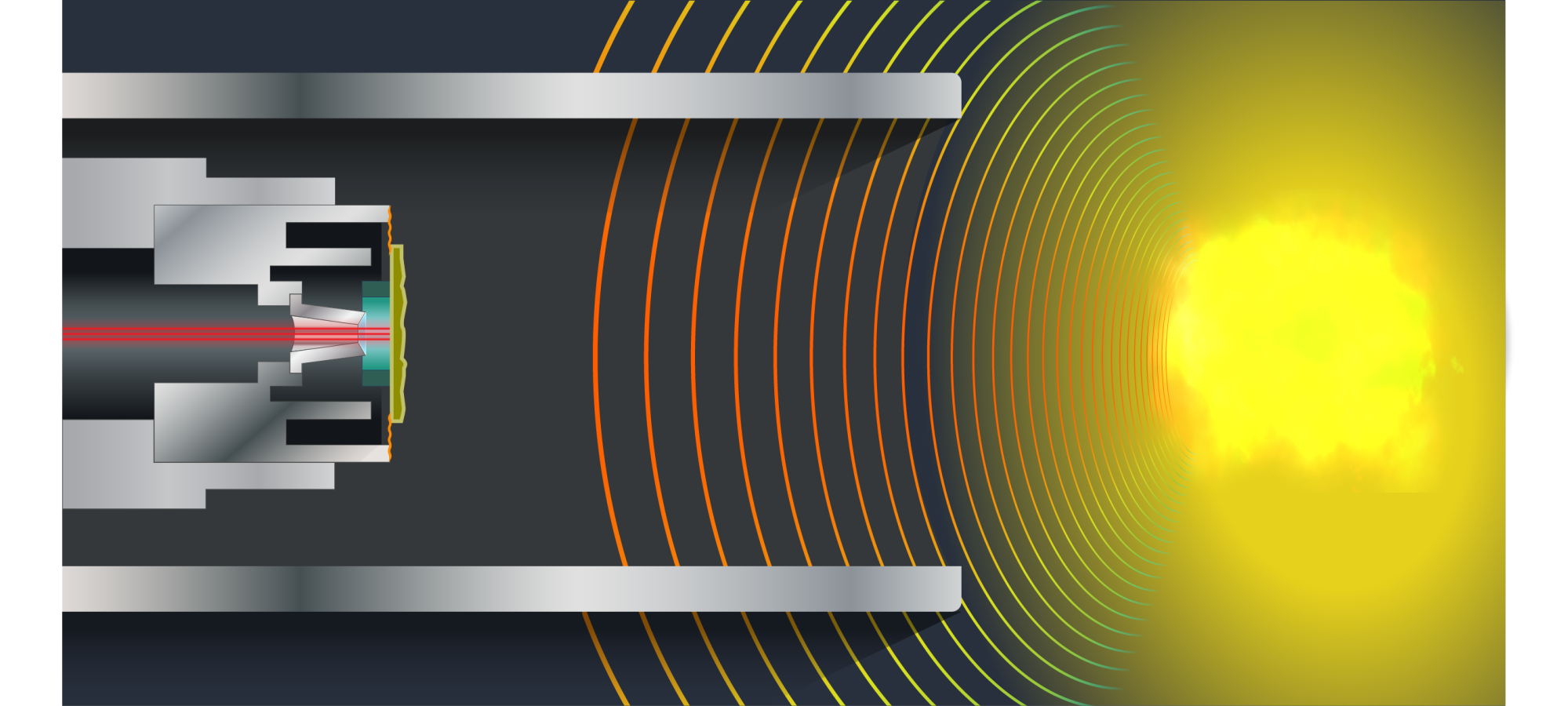
A spacecraft ferrying a nuclear device isn't under development. The aim here is to understand how to deploy such a blast, should it become necessary. When it comes to the largest class of asteroids, the type that wiped out most dinosaurs and triggered a long, callous winter, we certainly wouldn't want the endeavor to fail.
"You wouldn't want to take chances on an asteroid the size of a city," Moore said.
The likelihood of a major asteroid impact in our lives today remains exceedingly small. Every year, on average, an "automobile-sized asteroid" plummets through our sky and explodes, explains NASA. Impacts by objects around 460 feet (140 meters wide) in diameter occur every 10,000 to 20,000 years — which can cause regional devastation. And a "dinosaur-killing" impact from a rock perhaps a half-mile across or larger happens on 100-million-year timescales.
"With preparation there is no fear."
But now is an excellent time to investigate how to deflect asteroids using different methods. "The pressure is off," Plesko said. "We have time to do our homework very carefully." So when the time comes, we can collectedly choose the right course of action, nuclear or not. In the sage words of her martial arts instructor: "With preparation there is no fear."
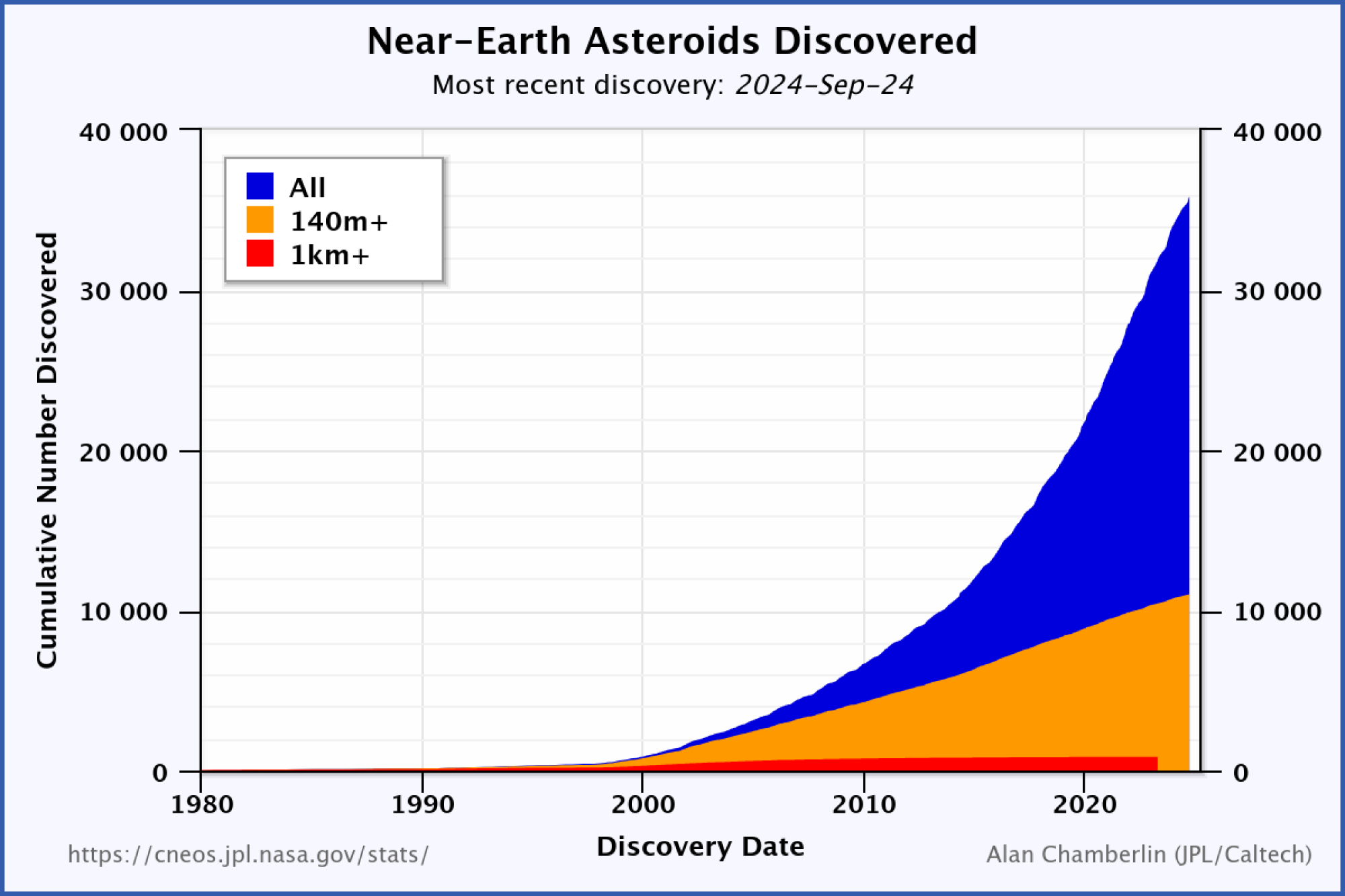
Although NASA and its asteroid sleuthing program have found an estimated 90 percent of the largest behemoths — over a half-mile across — that sometimes pass near Earth's orbit around the sun (called near-Earth asteroids), surprises do happen. And they'll almost certainly happen again. An unexpected football-field-sized asteroid swung just 40,000 miles from Earth in 2019. A surprise 56-foot (17-meter) rock exploded over Russia and blew out people's windows in 2013. And some "planet-killer" asteroids are known to lurk around the orbits of Mercury and Venus, largely hidden by the glare of the sun.
But asteroids aren't inherently menacing. They're just ancient objects, formed early in our solar system's history, that inevitably strike planets from time to time. When one veers toward Earth, it's a celestial rock on its own long-lived trajectory.
"There's nothing personal with asteroids," Plesko said.
Topics NASA
